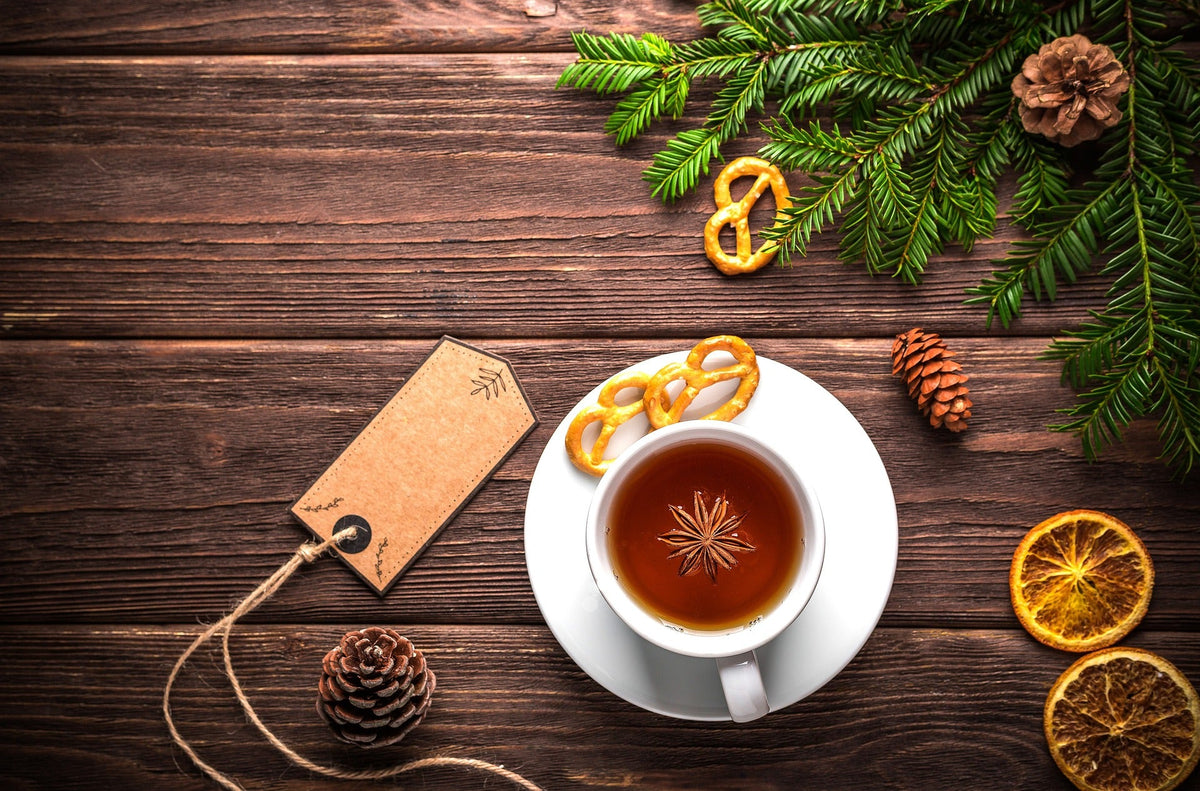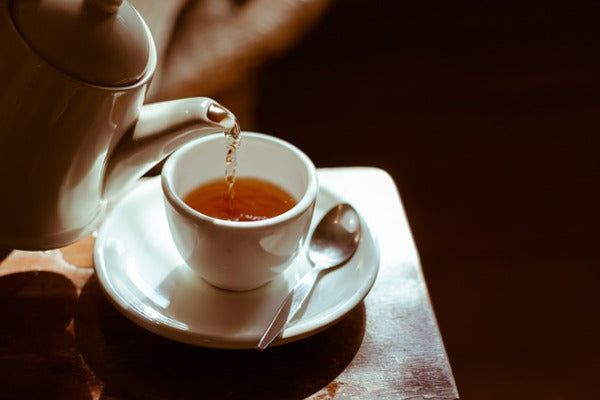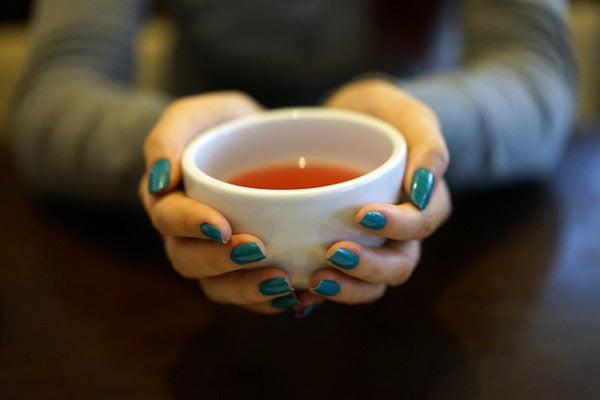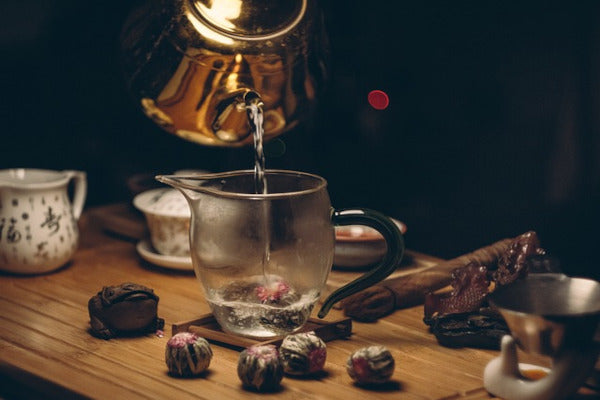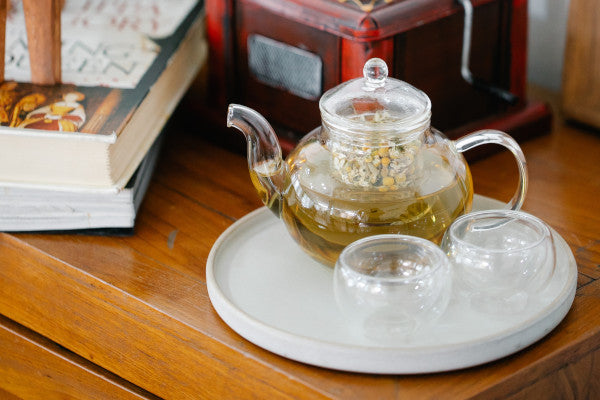Sencha tea comes from the Camellis sinensis or Yabukita plant, which has been steamed, rolled, and graded. It's one of the three main types of green tea, adapts to anyone's taste, and offers a host of health benefits. Here, you'll learn about Sencha tea , its uses, and recipes.
This tea is widely consumed in Japan and is consumed daily. Even sencha and matcha green teas have benefits. Its unique feature is that it prevents oxidation during brewing. Teas are typically heated, with steam in the case of sencha, to better preserve the sencha tea and its properties .
Sencha tea flavors
The flavor of Kirkland sencha and matcha green tea is very versatile, ranging from subtle to intense, with little or no astringency. Its color ranges from yellow to green with a very sweet aroma. The most common is Yabukita leaf tea, which can be harvested in spring, fall, and summer. Its leaves are thin and form needle-like shapes when rolled.
Below are the most common flavors to buy Sencha tea:
- Another name for it is new tea. It has a mild, sweet flavor. It is harvested in spring.
- This tea has been steamed for a short time (20 to 30 seconds). Its leaves are clean, very bright green, and unbroken. The tea acquires a bright, delicate yellow-green color.
- This tea steams for 60 seconds. Its subcategory is tokumoshi sencha, which steams for over two minutes. Fukamushi tea is dark green, and its leaves have a silky texture, although very broken.
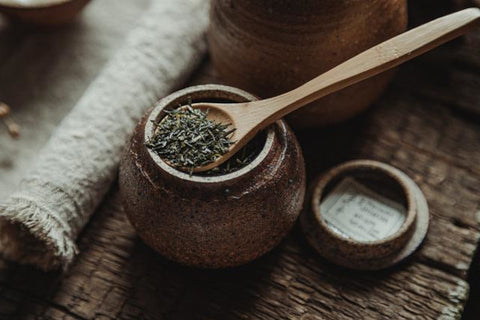
There are other types of Sencha tea that are more expensive, they are produced in the same way, but they are shaded before harvesting.
Sencha Gyokuro
It's a rare Japanese green tea with a distinctive, sweet, and savory flavor. It is shaded for 20 days before harvest, which produces a higher amount of amino acids and gives it a savory (umami) flavor.
Once the leaves are collected, the process is the same as sencha, but the temperature applied is 177 ºF.
Kabusecha
This type of green tea is somewhere between gyokuro and sencha tea. The shade-curing period before harvesting is one week. Its flavor is sweeter than traditional sencha, although the latter can be shaded for a few days to acquire an intense, sweet, and savory flavor.
Sencha Mecha
It's prepared with sencha sprouts and gyokuro. Although it has small leaves, it's high quality.
Sencha konacha
Sencha konacha tea is a type of green tea made from the leftovers from tea production. Among the ingredients it contains are buds, tea dust, and broken leaf particles. It can be a very high-quality tea.
Sencha powder
This tea is different from sencha or matcha tea . Matcha is shade-dried for at least four weeks and ground into a very fine powder. Sencha tea has coarser powder particles.
Uses of sencha tea
This variety of Japanese sencha green tea is used for weight loss and has many other uses, thanks to the benefits of sencha green tea , these are:
- Due to its diuretic properties, it prevents fluid retention, boosts metabolism, and eliminates fat. It is highly recommended for weight loss .
- Since it contains caffeine (less than coffee), it is a great stimulant for the nervous system, especially at the beginning of the day.
- Its antioxidants such as catechins, polyphenols and chlorophyll help reduce bad cholesterol in the blood and improve the circulatory system.
- It is rich in tannins, which protects blood vessels and eyesight.
Sencha tea recipes
We will teach you three ways to prepare sencha tea .
Cold with ice
To prepare this pleasant-tasting, low-caffeine green tea , do the following:
Take a teapot and add 1 1/2 cups of sencha tea and ice cubes to the top. Let the ice melt naturally. Once it's all melted, your brew is complete. Serve in cups and make sure the leaves are well filtered.

Pre-heated cold sencha tea
Sencha tea preparation involves first heating the water and then letting it cool. This will make it more concentrated and astringent. The steps are:
In a teapot, add 1 1/2 cups of sencha tea to 200 ml of hot water at 80°C. Let it steep for three minutes. Don't let it steep for too long, otherwise it will have a stronger flavor. Serve over ice.
Sencha tea with cold water
This tea has a pleasant flavor and isn't very concentrated, so it's low in caffeine. It's easier to prepare than other teas .
In a teapot, add 1 1/2 tablespoons of sencha tea and a liter of fresh water, and refrigerate for about 6 hours. After the time has elapsed, gently shake the teapot and pour it into cups a little at a time to evenly distribute the flavor.

Side effects of sencha tea
Among the side effects and contraindications of sencha green tea are:
- Allergic reaction. Symptoms may include difficulty breathing, sore throat, upset stomach, and reddened skin.
- Poor iron absorption. Its antioxidants and compounds can affect iron absorption, causing anemia.
- Stomach discomfort. Because it's rich in tannins, it can cause stomach irritation, such as diarrhea, cramps, nausea, and vomiting.
- Since it contains caffeine, it is not recommended during pregnancy or to consume in small quantities.


